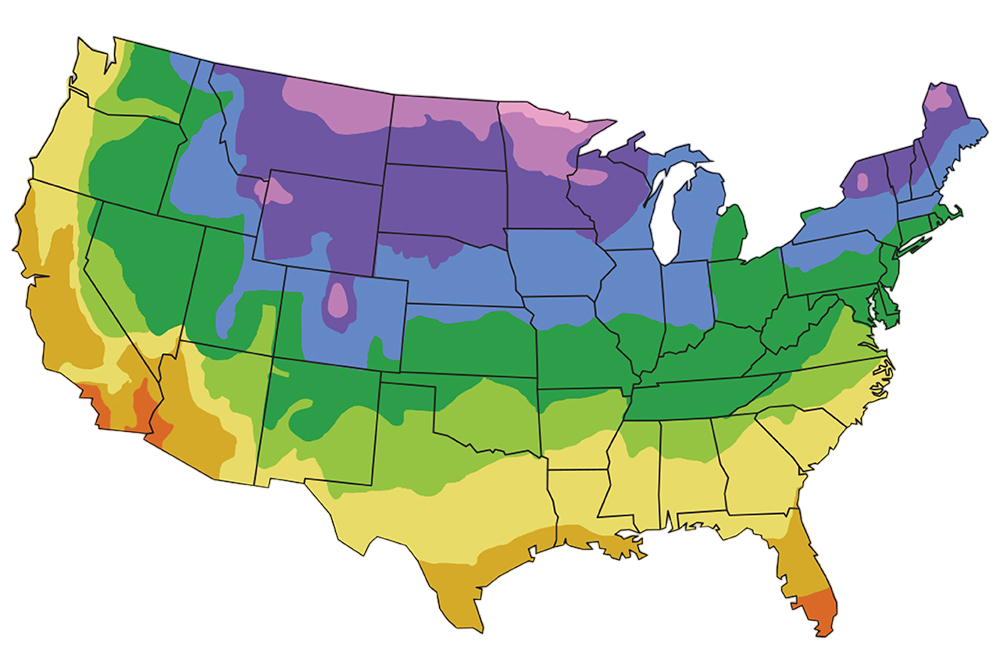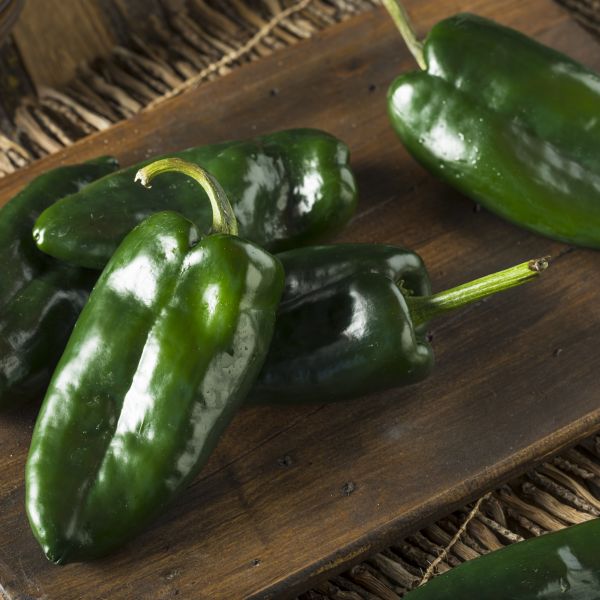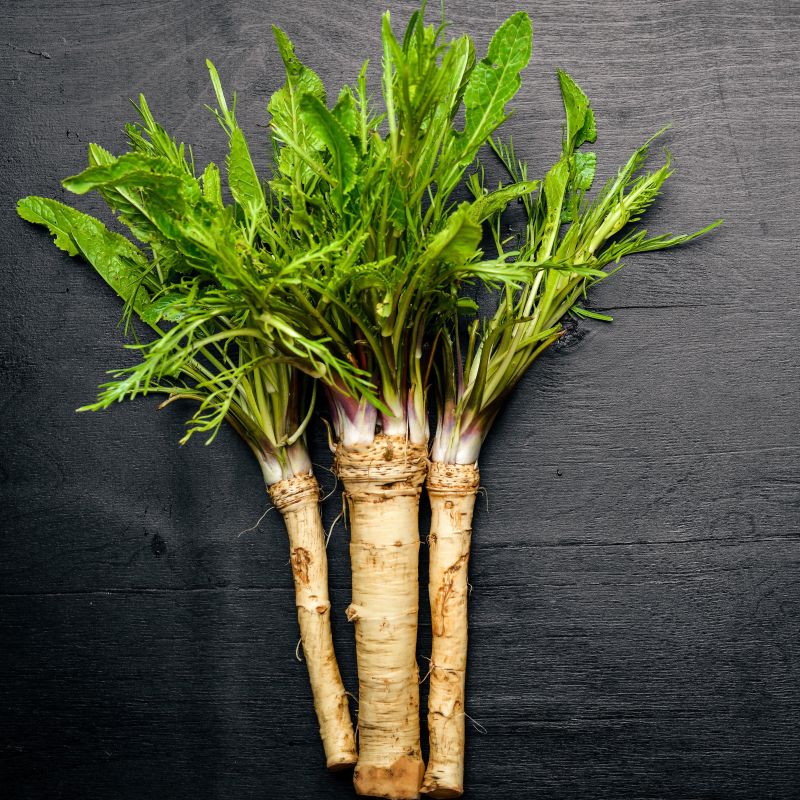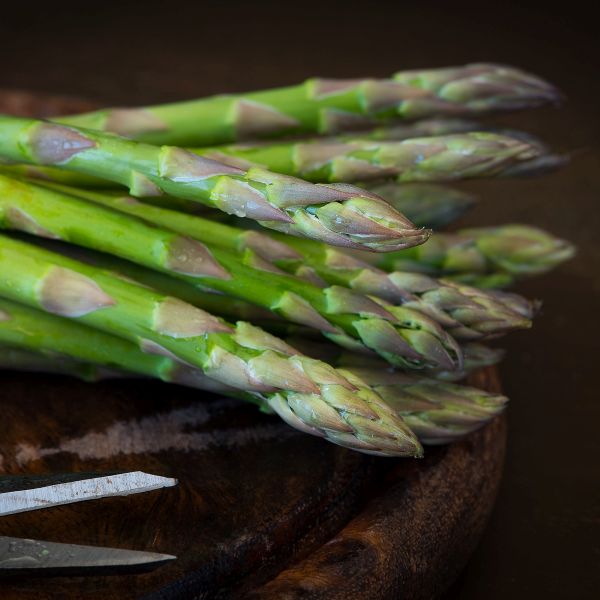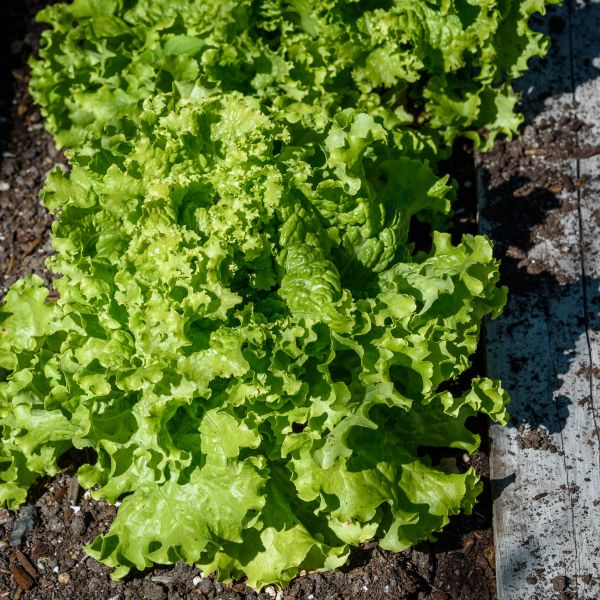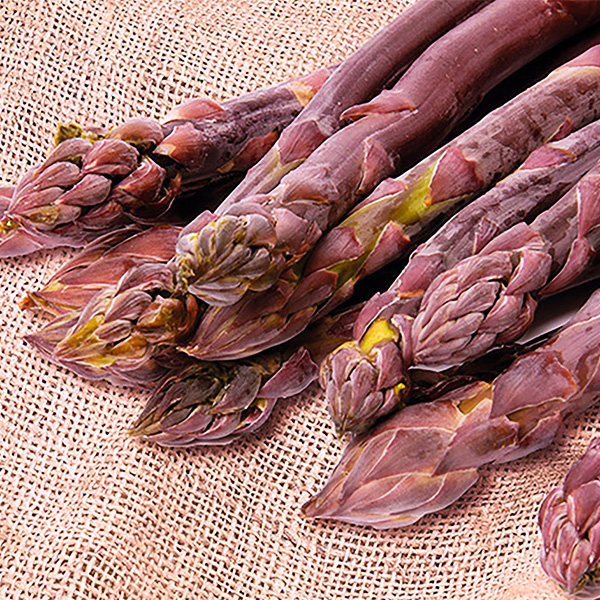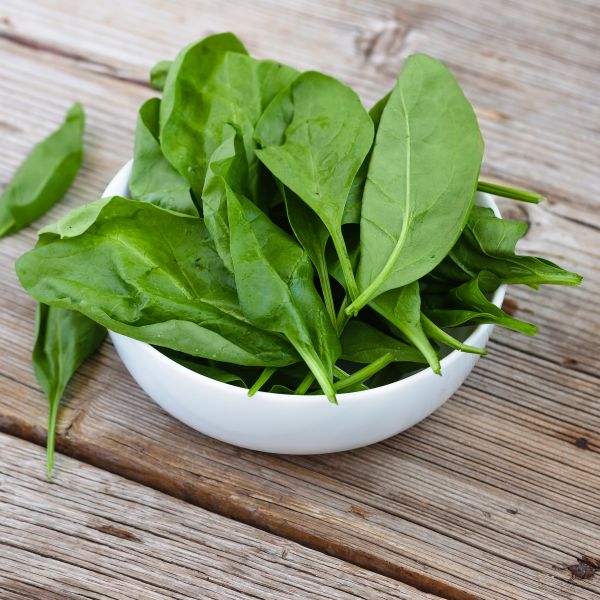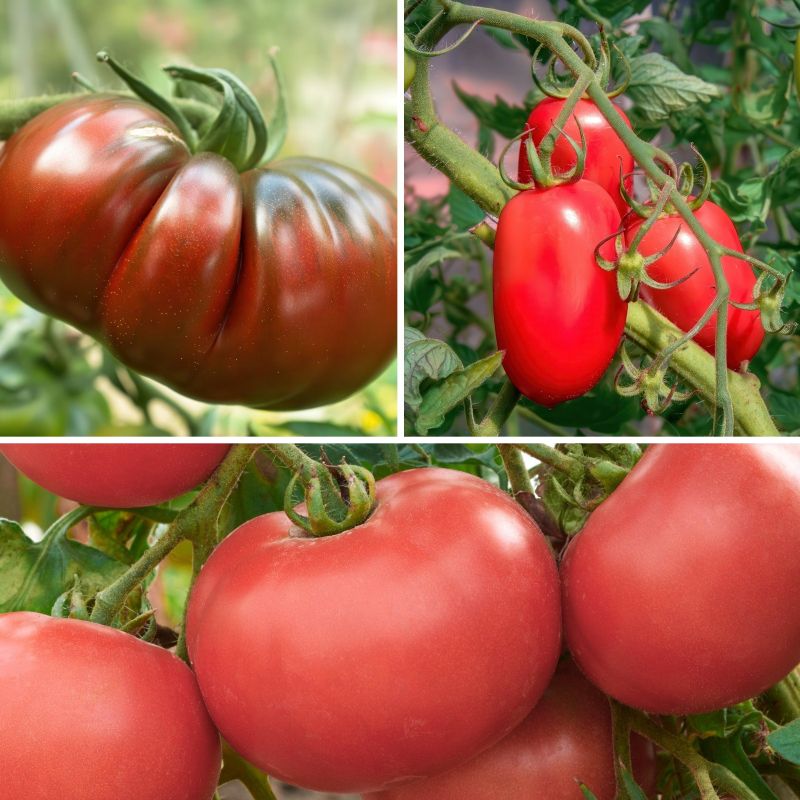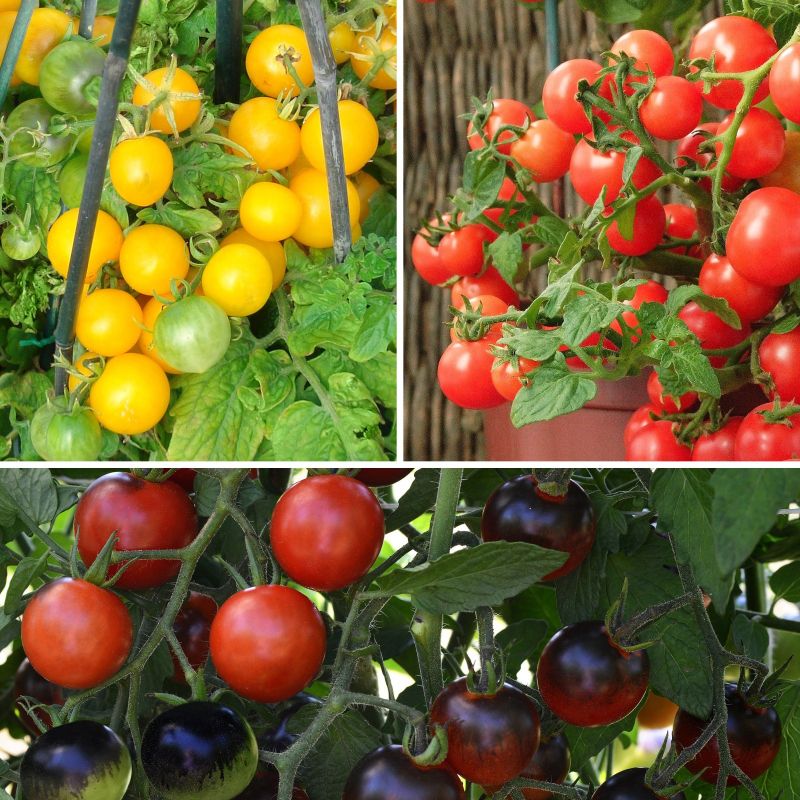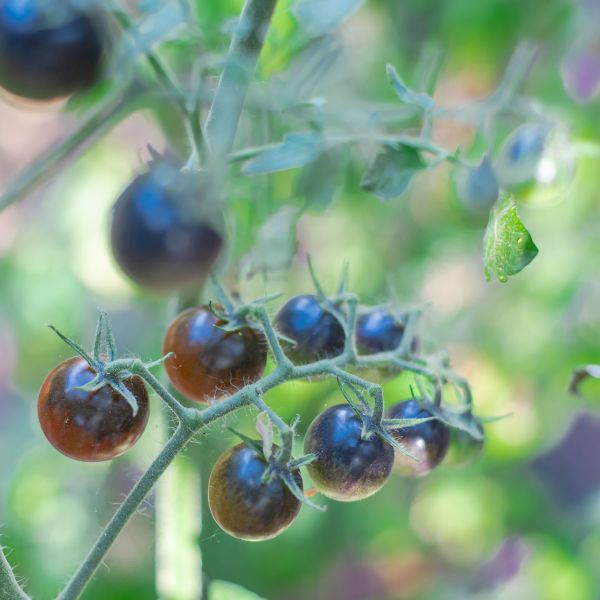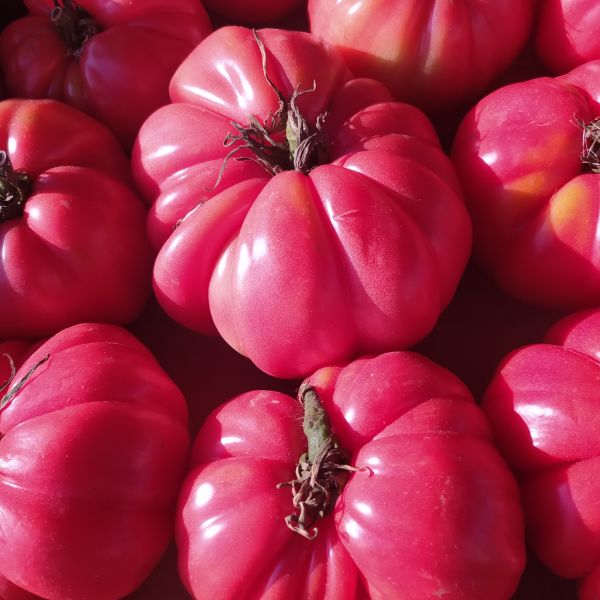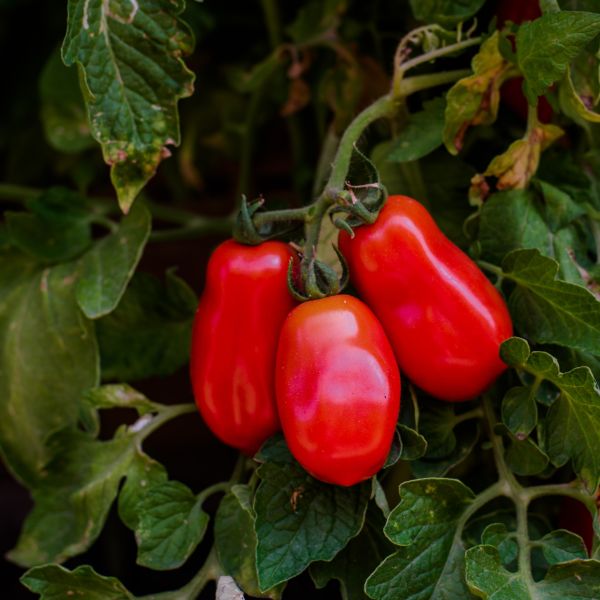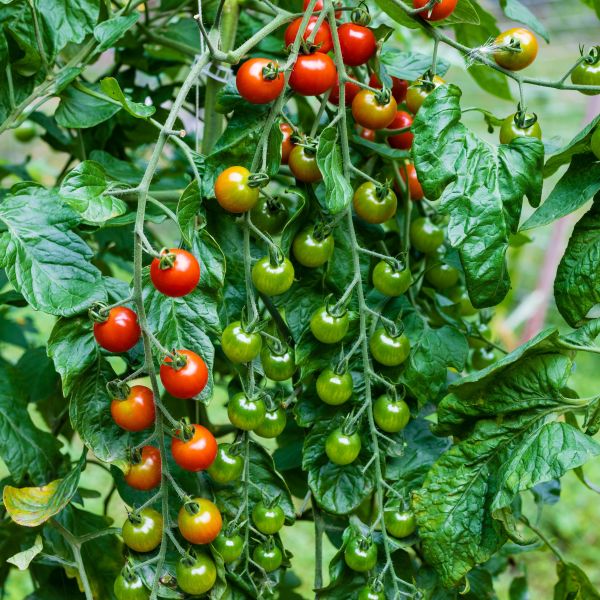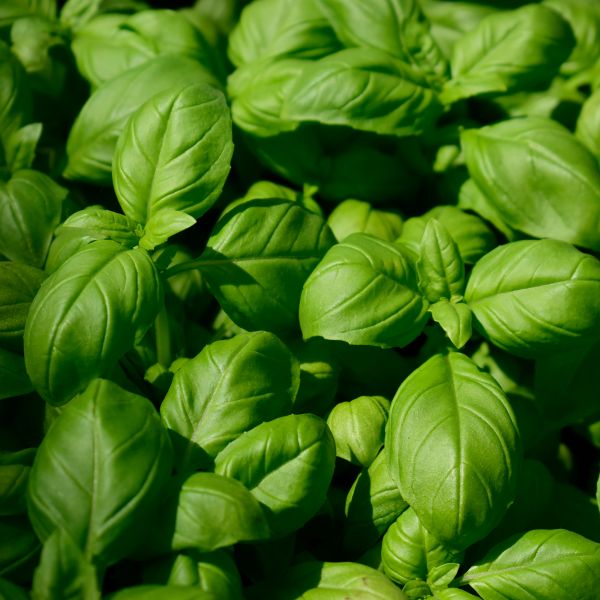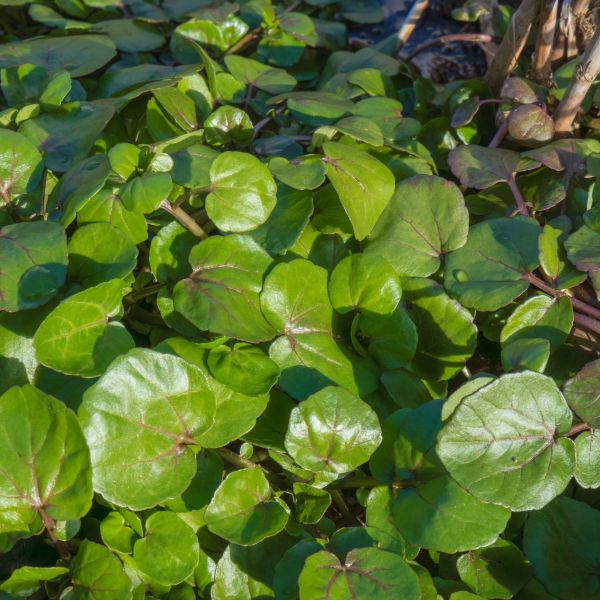
Watercress
Nasturtium officinale Watercress
13 reviews
Watercress
Nasturtium officinale Watercress
13 reviews
- Rich in vitamins and minerals
- Low in calories and high in antioxidants
- Supports healthy digestion and weight loss
- Recommended by landscape designers for optimal fit in real yards
$60.00
$86.00
30% Off
- Ships to 43215 in 3 to 7 days
- Free Shipping Over $150
- Plant Arrival Guarantee
- In Stock
- Free Plant Consult
$200 - Landscape-Approved: Every Plant We Sell Comes With Design Expertise Behind It
2 1/2", 3 Pack
Not just beautiful - intentionally selected by ShrubHub's 3D landscape design team to fit real-world spaces and maximize yard potential.
Why Watercress?
Watercress is a nutrient-dense aquatic plant that is known for its peppery flavor and vibrant green leaves. It is a good source of vitamins A, C, and K, as well as minerals like iron and calcium. Watercress is also low in calories and high in antioxidants, making it a great addition to salads, sandwiches, and smoothies for a healthy boost.
People who loved this plant also bought
Sunlight
Watercress thrives in full sun to partial shade, requiring at least 4-6 hours of sunlight daily to grow successfully. However, it can also tolerate some shade and is known to do well in slightly shaded areas, making it a versatile plant for various light c
Watering
Watercress requires consistently moist soil, so it should be watered frequently to keep the soil damp. It prefers to be grown in shallow water or in soil that is consistently wet. Regular watering is necessary to prevent the plants from drying out.
Fertilizing
Watercress prefers a fertile, rich soil with plenty of organic matter. Regular application of balanced fertilizer high in nitrogen is recommended to promote healthy growth and development. Avoid excessive use of fertilizers as it can lead to overgrowth and
Watercress (Nasturtium officinale)
Watercress is a nutrient-dense, aquatic plant that belongs to the Brassicaceae family. It has green leaves and small white flowers. This plant is typically found near springs or slow-moving water sources.
Features:
- High in essential vitamins and minerals, including vitamins A, C, and K, as well as calcium, iron, and magnesium
- Peppery flavor that adds a unique taste to salads, sandwiches, and soups
- Low in calories and high in antioxidants
- Contains phytonutrients that may help reduce inflammation and support immune function
Uses:
Watercress can be eaten raw in salads or used as a garnish. It can also be added to sandwiches or blended into soups for an extra kick of flavor. Some people also use watercress in juices or smoothies for a nutrient boost.
Storage:
To maintain freshness, store watercress in the refrigerator wrapped in a damp paper towel and placed in a plastic bag. Use within a few days for optimal taste and texture.
Caution:
As with any leafy green, it is important to wash watercress thoroughly before consuming to remove dirt and bacteria. Additionally, pregnant women should avoid consuming large amounts of watercress due to its potential diuretic effects.
Plant Information:
| Botanical Name: | Nasturtium officinale Watercress |
| USDA Zones: | 5 - 9 |
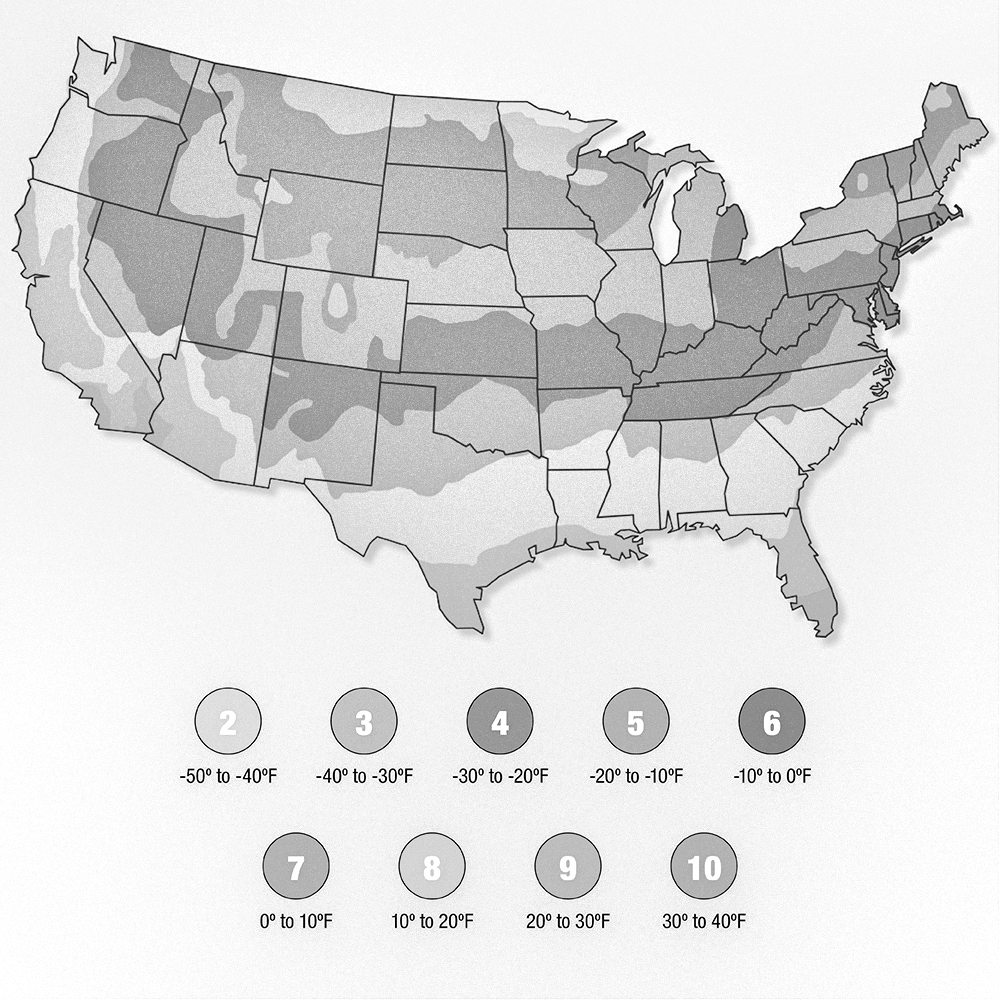

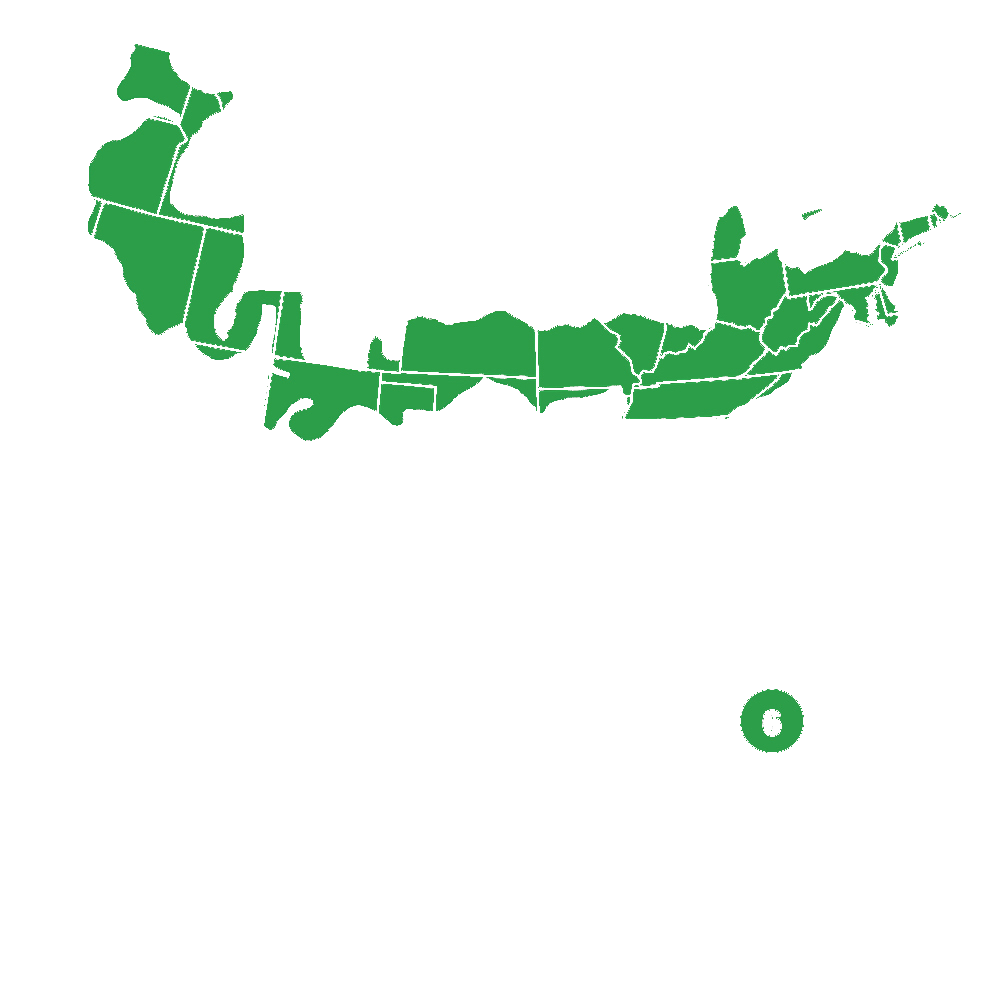

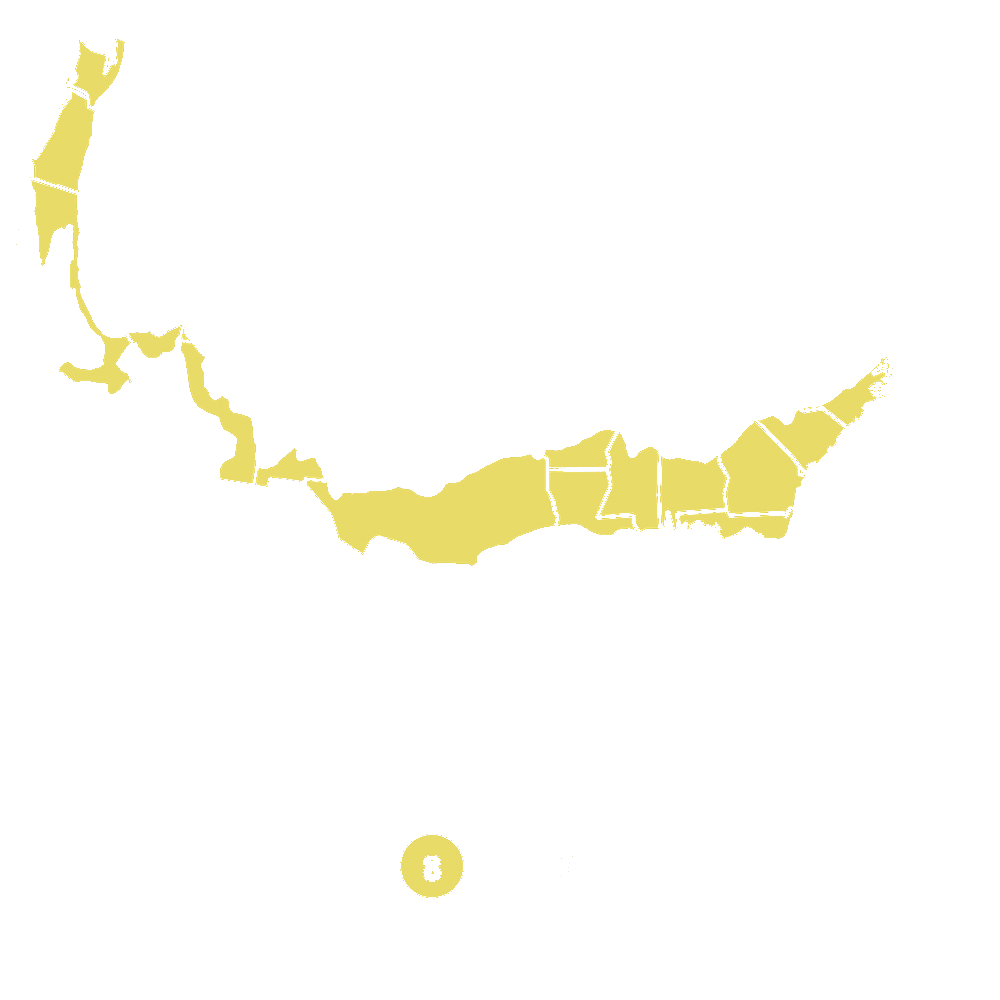

Pollination Info
Pollination Information for Watercress (Nasturtium officinale)
Watercress (Nasturtium officinale) is a flowering plant that reproduces through a process known as pollination. Pollination is the transfer of pollen from the male reproductive organs of a flower to the female reproductive organs, resulting in the formation of seeds. Watercress relies on pollinators, such as bees, butterflies, flies, and other insects, to facilitate this process.
Pollination Process
Watercress flowers are small and white with four petals. They produce nectar to attract pollinators, which visit the flowers in search of food. As they feed on the nectar, the pollinators inadvertently brush against the pollen-producing stamens of the flower, picking up pollen grains. When the pollinators visit another watercress flower, they transfer the pollen to the stigma, the female reproductive organ, enabling fertilization to occur.
Importance of Pollination
Pollination is crucial for the reproduction of watercress and many other plant species. It ensures genetic diversity, enhances fruit and seed production, and contributes to ecosystem stability. Without pollinators, watercress plants would not be able to produce seeds and reproduce, leading to a decline in population and biodiversity.
Factors Affecting Pollination
Various factors can influence the pollination process in watercress, including the availability of pollinators, weather conditions, and habitat fragmentation. It is essential to conserve pollinator populations and their habitats to ensure successful pollination and the continued growth of watercress populations.
Conclusion
Pollination plays a vital role in the life cycle of watercress, ensuring the production of seeds and the continuation of the species. By understanding the pollination process and its importance, we can take steps to support pollinators and promote the health and sustainability of watercress populations.
FAQ
Frequently Asked Questions About Watercress
What is watercress?
Watercress (Nasturtium officinale) is a green leafy vegetable that grows in water. It is known for its peppery taste and high nutritional value.
How do I store watercress?
To keep watercress fresh, it is best to store it in the refrigerator. Place the watercress in a plastic bag and store it in the vegetable drawer. Make sure to wash the watercress thoroughly before storing.
How do I prepare watercress?
Before cooking or consuming watercress, make sure to wash it thoroughly to remove any dirt or debris. Trim any tough stems and use the tender leaves and stems in your recipes.
What are the health benefits of watercress?
Watercress is packed with vitamins and minerals, including vitamin C, vitamin K, and calcium. It is also low in calories and high in antioxidants, making it a great addition to a healthy diet.
Can I eat watercress raw?
Yes, watercress can be eaten raw and is commonly used in salads and sandwiches for its peppery flavor. It can also be cooked in soups, stir-fries, and other dishes.
Is watercress safe for consumption?
Watercress is generally safe to eat, but it is important to thoroughly wash it before consuming to remove any bacteria or contaminants. Additionally, individuals with specific allergies or medical conditions should consult with a healthcare provider before consuming watercress.
Planting & Care
Planting & Care for Watercress (Nasturtium officinale)
Planting
- Choose a location that receives partial shade and has consistently moist soil.
- Watercress can be grown from seeds or cuttings. If planting from seeds, sow them directly in the soil about 1/4 inch deep.
- If using cuttings, place them in a container with water until roots develop, then plant them in the soil.
- Keep the soil evenly moist and avoid letting it dry out completely.
Care
- Watercress requires plenty of water, so be sure to keep the soil consistently moist. Consider using a soaker hose or drip irrigation system to ensure even watering.
- Harvest leaves regularly to encourage new growth and prevent the plant from becoming too woody.
- Apply a balanced liquid fertilizer every 2-4 weeks during the growing season to help promote healthy growth.
- Watch out for pests such as aphids and caterpillars, and treat them promptly with insecticidal soap or neem oil.
Follow these planting and care tips to enjoy a bountiful harvest of fresh watercress throughout the growing season.
Check Out These Verified Customer Reviews:
Customer Reviews
4.6 out of 5 based on 13 reviews
Thank you! Your review has been submitted.
I recently purchased watercress from this site and was pleasantly surprised by the quality. The website was easy to navigate, and the customer service was top-notch. Will definitely order again.
My go-to place for fresh watercress
Website was easy to navigate, fast shipping
Item has been added to your cart.

